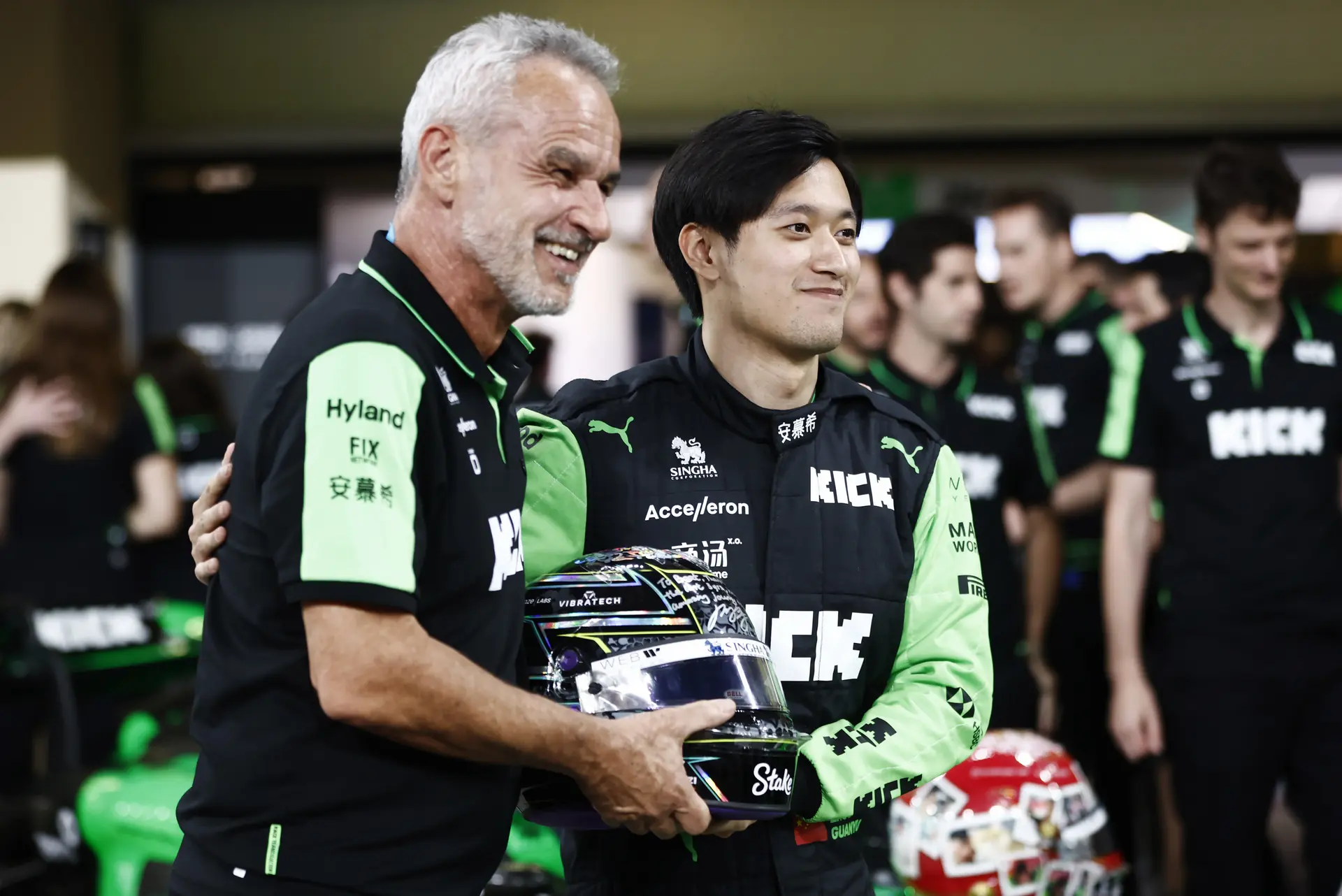600th GP – The Icon: Beat Zehnder
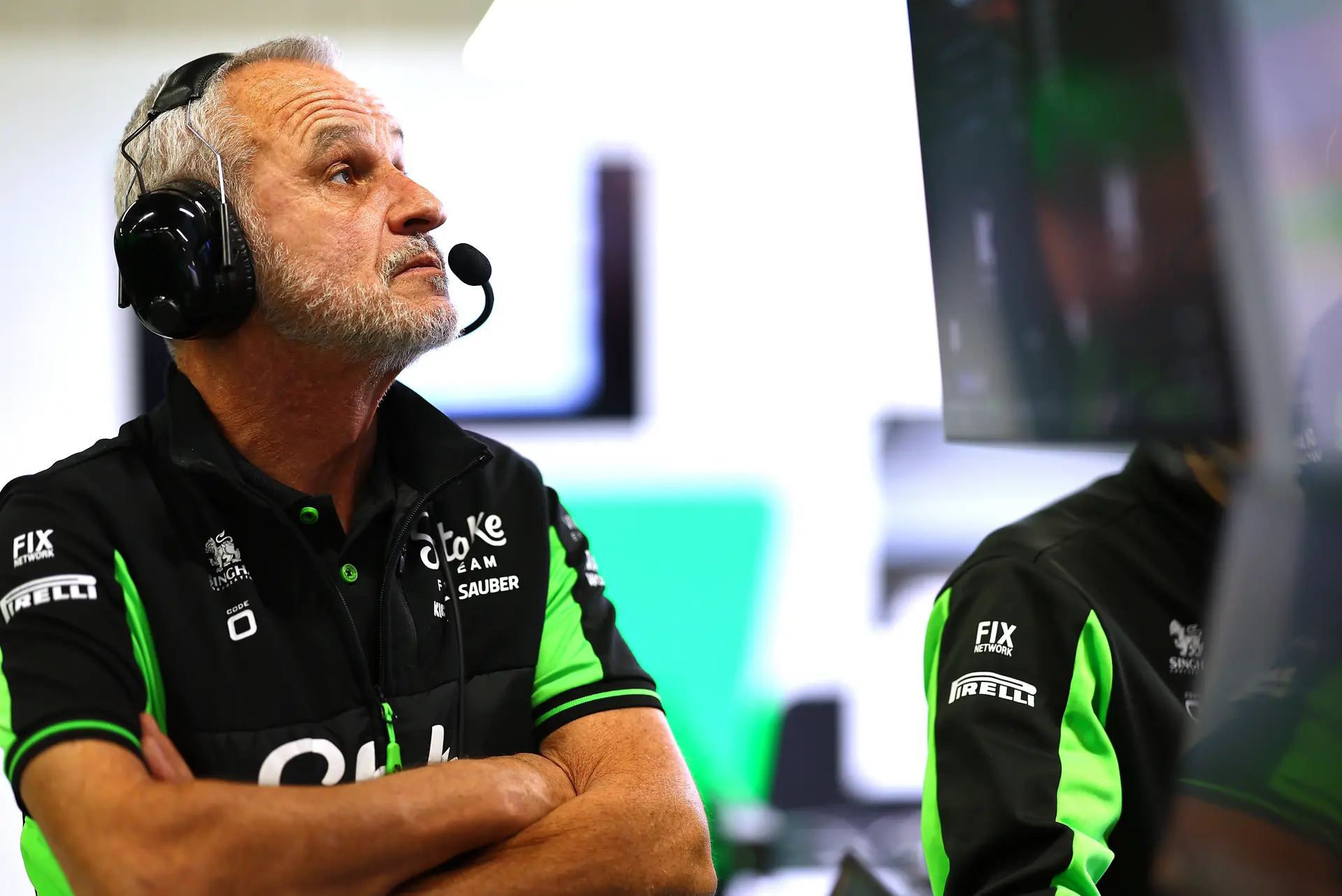
Hinwil, 18 May 2025 – In the final part of our celebration of Sauber’s 600th Grand Prix appearance in Imola, team veteran, Beat Zehnder, reflects on the highs and lows of the past 33 years.
Beat first joined what was then Sauber Mercedes as a mechanic during the World Sportscar Championship days in 1988, and has been a vital member of the Swiss outfit ever since. When Peter Sauber made the bold decision to enter Formula One in 1993, Beat was placed in charge of logistics. His role would evolve over time, and he eventually became Team Manager, a position that later transformed into that of Sporting Director. In 2025, he embraces a new role as Director of Signature Programs and Operations.
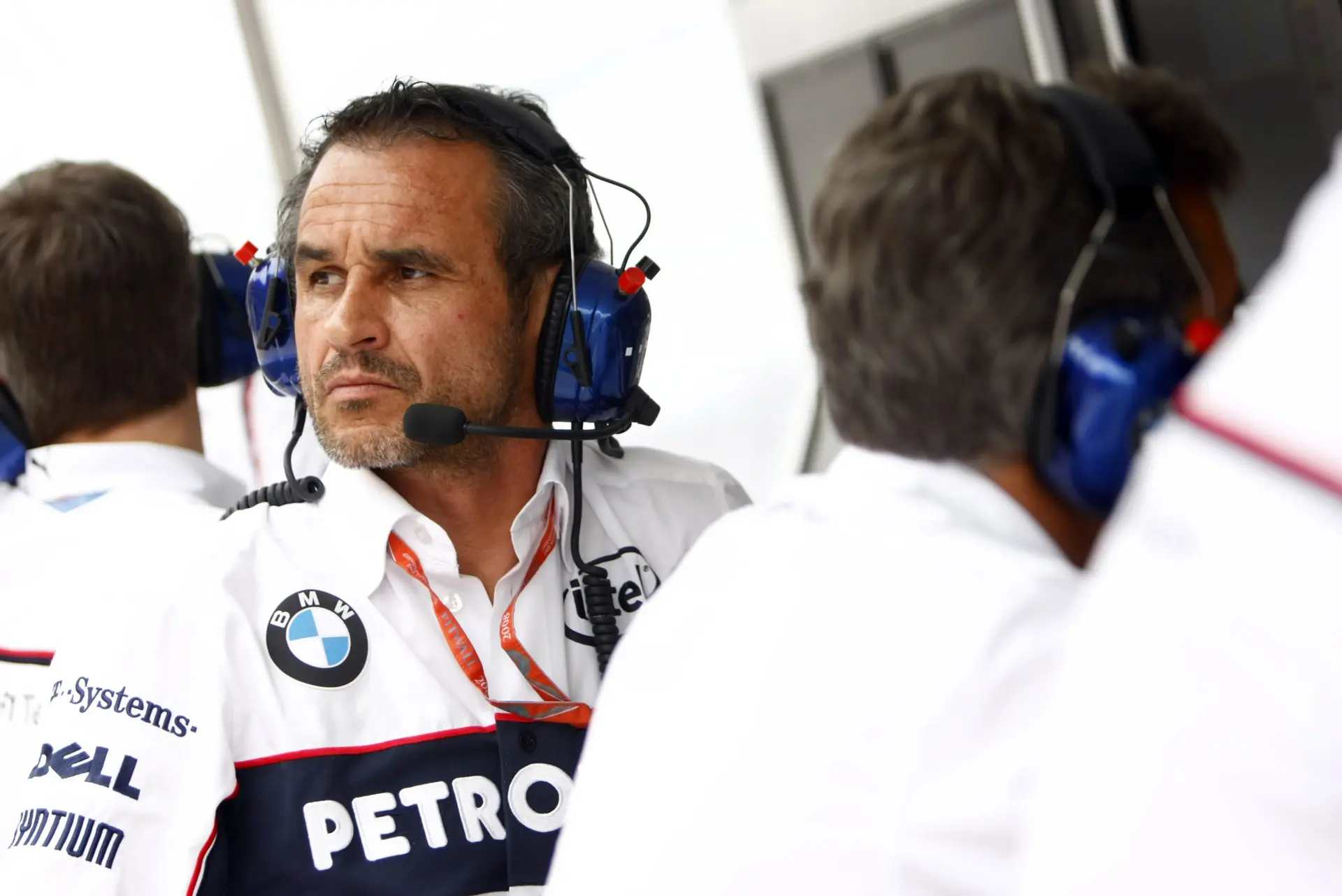
Beat is not just the only member of the Sauber team to have been present at every one of the team's 600 race weekends; as of now, no other current F1 team member anywhere in the pit lane has a longer, unbroken streak of Grand Prix weekend attendances.
His journey began well before the first official race weekend. In 1992, Beat attended 10 Grand Prix weekends as an observer – not included in the 600 – to learn as much as he could, ensuring the team was fully prepared for its debut in Kyalami in March 1993.
“It was a very exciting time, because of the team size,” he recalls. “We travelled with 27 people to the first race, including the drivers and Peter Sauber. We had three running cars, because at the time you could still jump between cars. Obviously, we had a lot of work to do, because we were a very small team.”

To the surprise of their rivals, JJ Lehto and Karl Wendlinger qualified an impressive sixth and tenth, respectively. A high attrition rate during the race allowed both drivers to move up the order and secure a strong finish in Sauber’s F1 debut.
“We had a realistic chance to be on the podium with Karl, but we had an electronic failure,” says Beat. “JJ finished fifth. I remember Gerhard Berger, who was at Ferrari at the time, came several times to have a look at our car.”
The 1994 season proved to be a challenging one for Formula One, and for the Sauber team as well. The tragic Imola weekend, marked by the deaths of Ayrton Senna and Roland Ratzenberger, cast a long shadow over the sport. Just two weeks later, Karl Wendlinger suffered a serious accident in Monaco – a dark moment in the team's history and a personal low for Beat Zehnder, who found himself questioning his own future in the sport.
“It was a wake-up call for F1 for safety as well,” he says. “We were the first team with high cockpit sides – I think we had that in Barcelona already, as well as a patch for head protection.”
Thankfully, Karl was able to return to racing the following year, and in response to safety concerns, higher cockpit sides were introduced by the FIA in future regulations.
The 1995 season marked the arrival of Red Bull, Petronas, and Ford as key partners of the team. Heinz-Harald Frentzen secured Sauber's first-ever podium finish with a third place in Monza, and in 1996, Johnny Herbert replicated that achievement with a hard-fought third place at the eventful Monaco Grand Prix.
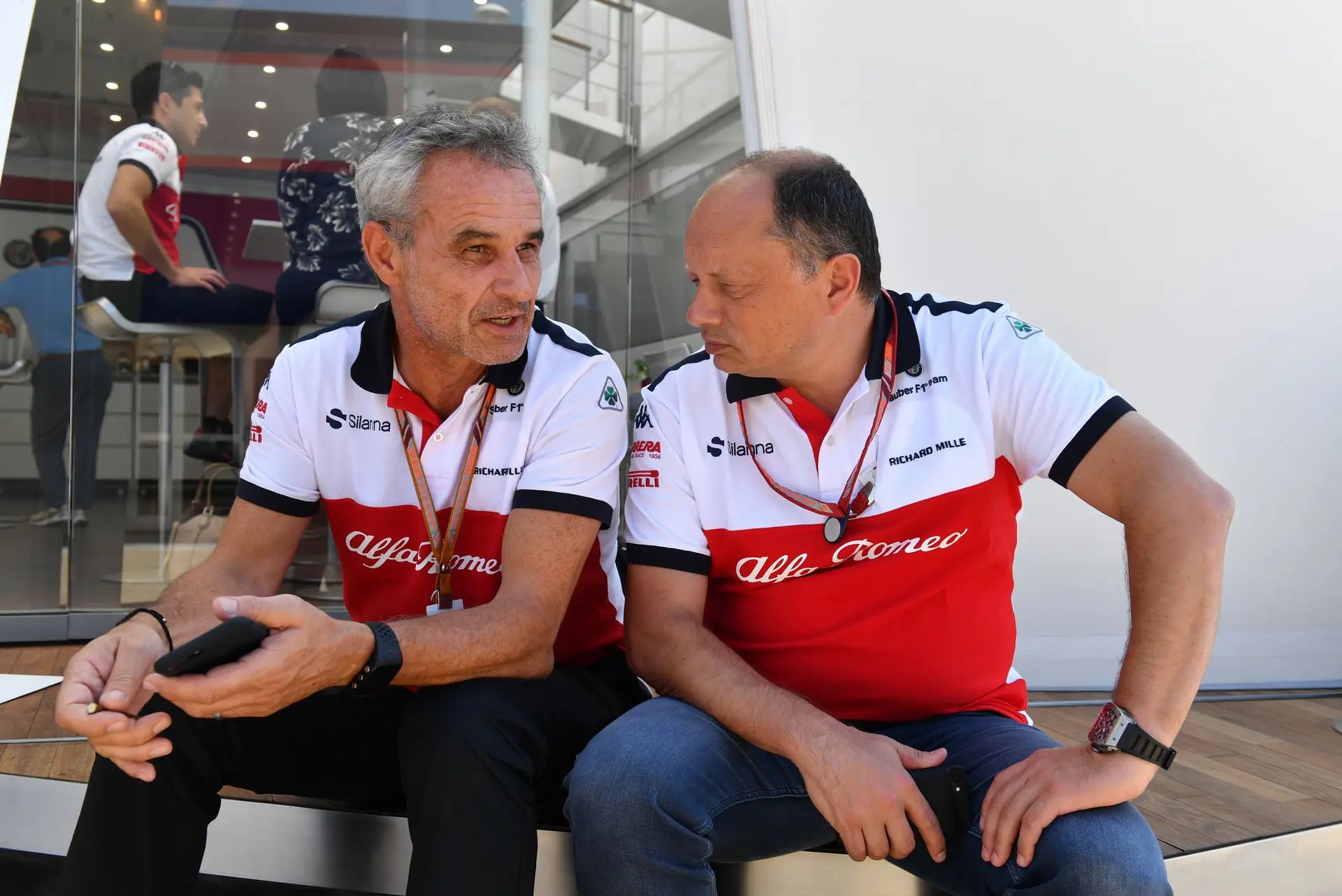
From 1997 onwards, the team switched to Ferrari engines and continued to achieve solid results. However, making significant progress relative to the established frontrunners proved to be a challenging task.
"As a private team, really small, with no support from a car manufacturer, it was difficult,” says Beat. “It was a tough environment for a private team, and even then, it already did cost a lot of money.”
Beat was always closely connected with the drivers and formed a particularly strong bond with Kimi Räikkönen when the young Finn joined the team in 2001.
“Kimi scored his first championship point in Melbourne, which was very special,” he recalls. “He initially finished seventh, and then we protested Oliver Panis for overtaking under yellow. At the time we didn't have CCTV and all the things we have now, so it took the FIA quite a long time to establish that indeed, Panis overtook under yellow.
“When I called Kimi, he was already in the hotel, and I said, ‘Mate, congratulations, your very first race, your very first championship point, you finished sixth.’ And he said, ‘There's still five in front of me!’”
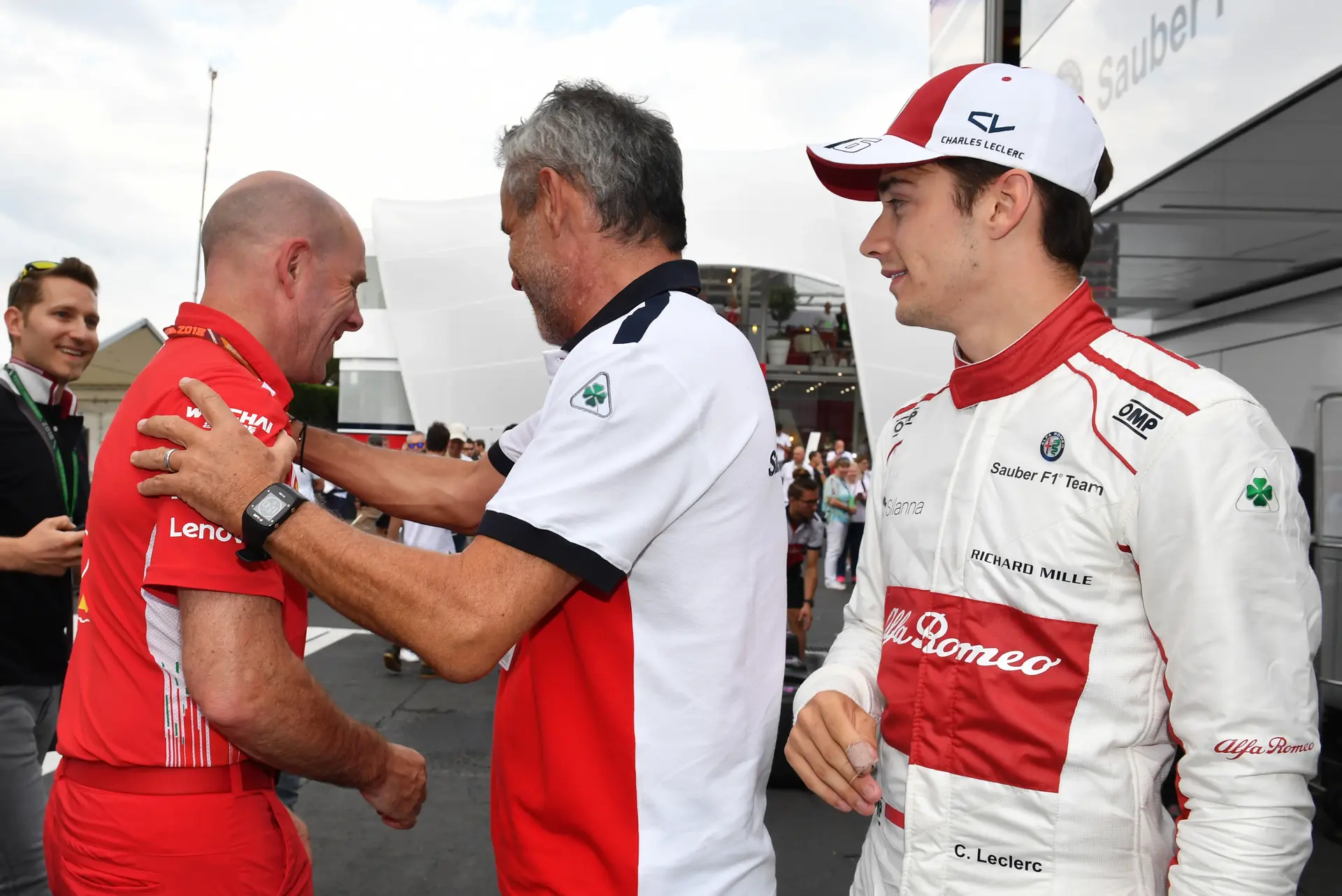
The team's role as an independent operation changed in 2006 with the start of the BMW era. Peter Sauber relinquished ownership and handed the reins over to new Team Principal, Mario Theissen.
"The deal was announced in June 2005,” Beat recalls. “There wasn't really a lot of time, because we were already working on the next year's car. The infrastructure had to be completely changed.
“We had a lot of support from Mario, and we did get everything that we needed. It was more complicated than how we used to work. If you had a problem, you had to build across teams in Hinwil and Munich, you had to build a task force to sort out things.
“The first BMW season was not very good until mid-season, and then in Hungary Nick [Heidfeld] finished on the podium. The following year, everything went much smoother. We only had two podium finishes – Nick had our very first second place in Canada – but he and Robert [Kubica] were consistently fourth/fifth in almost every race. We were on the right path in 2007, and even more so in 2008.”
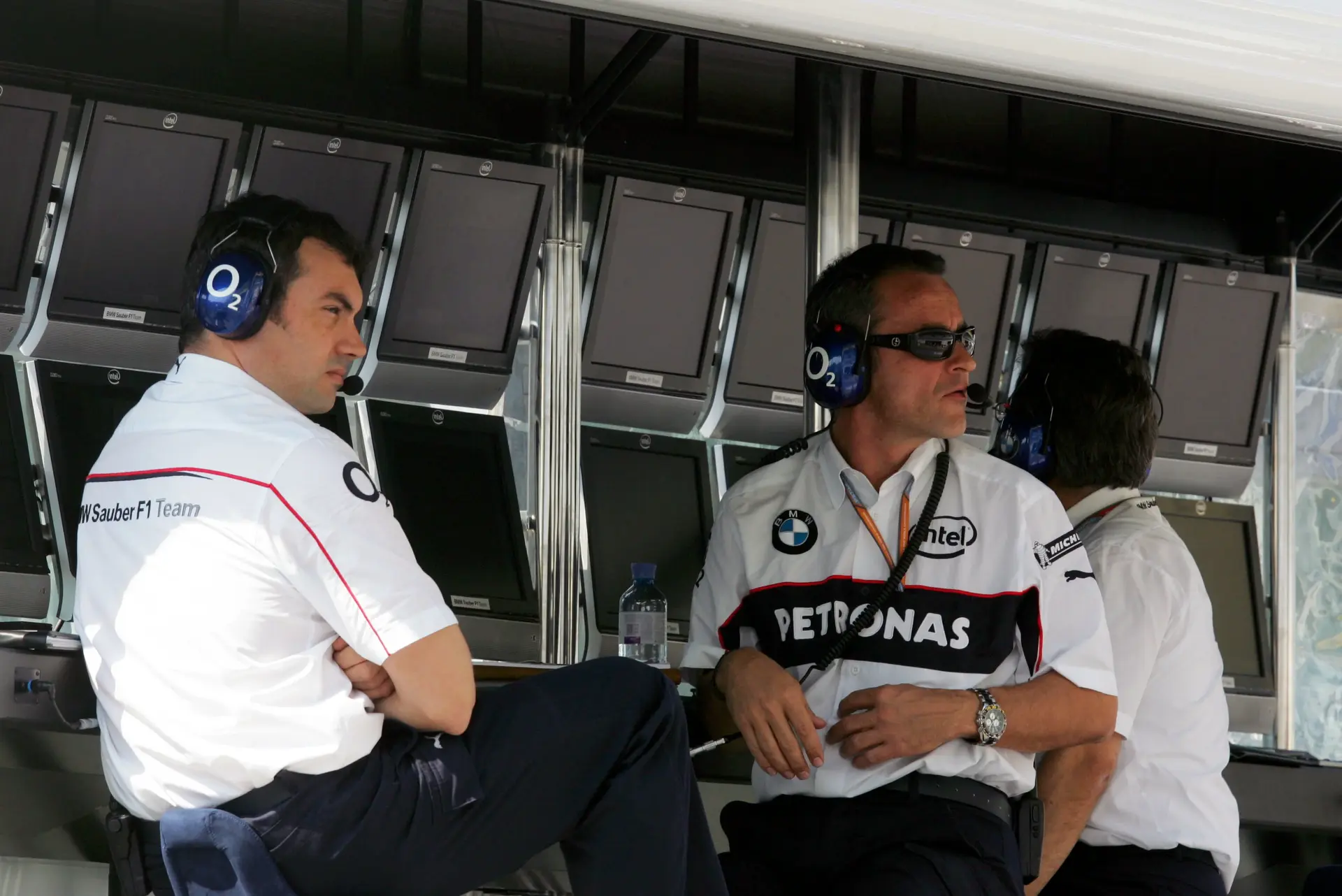
That season, Robert Kubica secured the team’s first win in Montreal, exactly one year after a major accident at the same circuit.
“Obviously, this made it very special,” Beat confirms. “We had Robert’s crash, then he just nailed it the year after. But Nick could have also won the race. They had to swap places, because they were on different strategies.”
The 2009 season proved to be challenging, partly due to the complexities of the new KERS technology. As the year came to a close, a global financial crisis led to BMW's withdrawal from F1, and the team returned to the hands of founder Peter Sauber. He made a substantial financial commitment to reacquire the team and ensure its continuation, a move Beat acknowledges with gratitude.
“We’d have to ask him, but I wouldn't be so sure whether he would do it again!,” he says. “Obviously, we had increased the number of employees massively with BMW. We had re-shaped the company; we had made it bigger. There was a completely new building almost the size of the old building. There were a lot of investments going on in the four years of BMW.
“And then, all of a sudden, they left. Which meant we had to dismiss 250 employees and go to the absolute bare minimum to keep the team operational.”
The team made a strong comeback in 2012, securing four podiums shared by Sergio Perez and Kamui Kobayashi. At the end of the season, Peter Sauber handed over the role of Team Principal to Monisha Kaltenborn. However, behind the scenes, the team was facing significant financial pressure, a situation that was not unique to Sauber, as several other teams were struggling during that period.
“I have a deep respect for how Monisha fought for the company,” says Beat. “In 2014, Peter wanted to shut it down more than once. Monisha was a massive fighter, and without her I’m pretty sure that by mid-2014 or beginning of 2015 we might not have been around anymore.”
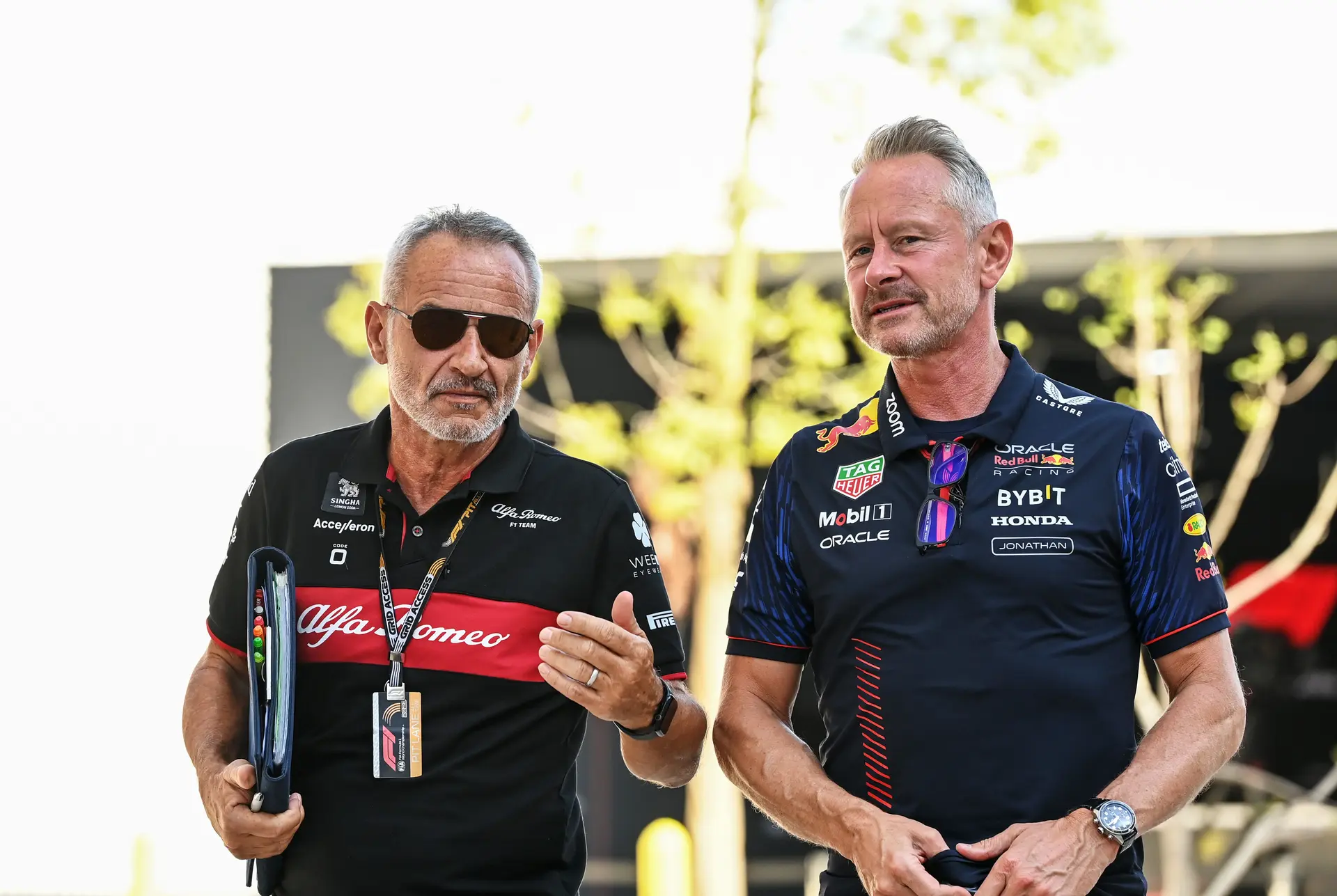
That determination to survive was rewarded in the summer of 2016, when the team received crucial investment from new owners, Longbow Finance. The following year, Frédéric Vasseur replaced Kaltenborn as Team Principal. The experienced Frenchman brought a fresh sense of direction and energy to the team.
"He was very positive,” says Beat. “It takes a lot to get him upset, and he's a very funny, very open, very approachable person. The challenge was not just taking over an F1 team, the problem was that over the period after Peter bought the company back we didn't maintain our facilities, we didn't maintain the IT infrastructure and so on.
“Then you have a new owner, and you have a new Team Principal, and you realise that there is much more work to do than just running an F1 team. We had to do a lot of a lot of things that we missed and we didn't do in the years of our financial difficulties. Fred did a hell of a job.”
Prior to moving to a new role at Ferrari, Fred steadied the ship and forged a successful partnership with Alfa Romeo: not without the precious contribution of Beat, he brought back Kimi Räikkönen, then hired a 10-time Grand Prix winner in Valtteri Bottas once Räikkönen retired, and set the team on the path that led to its landmark acquisition by Audi in 2022.
Beat has played a crucial role in preparing the team for the new era set to begin in 2026.
“It's been intense,” he says. “We've been ramping up the number of employees massively, we're changing our facilities. There is a lot going on. There is the current season, the development of next season, then building a completely new team with a completely new infrastructure.
“If you double the number of employees – and this is almost what we've done in the last two and a half years – it's not only employing people, but also about integrating those people.
“It's exciting. If you want to fight for regular top positions, then you need a strong partner, and we have one in Audi.”
With Mattia Binotto joining in 2024 and taking over the role of Head of the Audi F1 Project, alongside Jonathan Wheatley arriving from Red Bull in the position of Team Principal, there is a new structure ready to sail the Hinwil ship into the new Audi era. As for Beat Zehnder, his involvement with the company continues – with a new role as Director of Signature Programmes and Operations starting in the 2025 season, and more races to add to his 600 in the sport...
